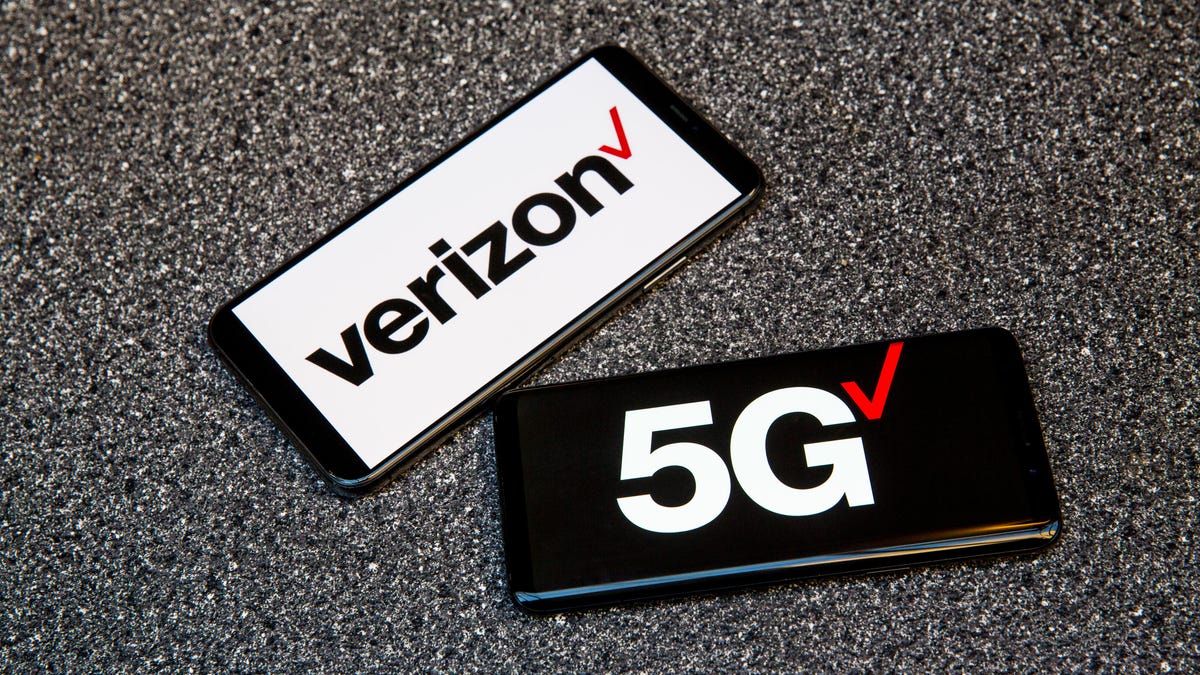Verizon ends 2020 with growth in wireless, Fios internet users
Last year may have been a rough ride, but it didn't seem to knock Verizon too badly.

After an unpredictable year, Verizon on Tuesday announced its fourth-quarter earnings.
The company reported earnings per share of $1.11 for the quarter, down from analyst estimates of $1.17, according to Yahoo Finance. On an adjusted basis, which excludes special items such as a $404 million payment to severance and a $119 million net loss "primarily related to the disposition of the HuffPost business," the earnings per share came in at $1.21. Verizon sold the Huffington Post to BuzzFeed in November.
Revenue for the quarter was $34.7 billion, beating analyst estimates of $34.43 billion.
The revenue numbers are an increase from the company's third-quarter results. In October the carrier reported revenue results of $31.5 billion that were just shy of analyst expectations, blaming in part "lower customer activity and the timing of certain device launches." Apple's latest iPhone 12 line of phones did not hit shelves until October and November, a later release than its usual September window.
On the wireless side, Verizon had 703,000 total postpaid wireless net additions across its consumer and business units, with 279,000 postpaid phone net additions. These users, who pay their phone bills at the end of the month, are valued more highly by the investment community as a key metric of a carrier's success.
For 2021, the company expects at least a 3% growth in wireless service revenue and expects capital spending to be between $17.5 billion and $18.5 billion as it continues to expand its 5G millimeter-wave network, further densifies its wireless network and adds new fiber infrastructure. In 2020 the carrier spent $18.2 billion on capital expenditures.
On the Fios business, Verizon said it had 92,000 Fios internet net additions from its consumer division in the quarter, up from 35,000 net adds in the same period in 2019. The addition of internet subscribers didn't stop people from cutting cable TV, however, as the carrier said it lost 72,000 Fios video users in the quarter.
See also: Best Verizon phone for 2021

